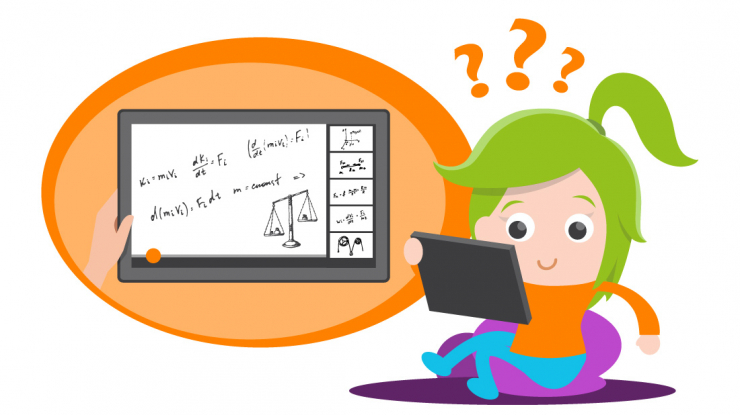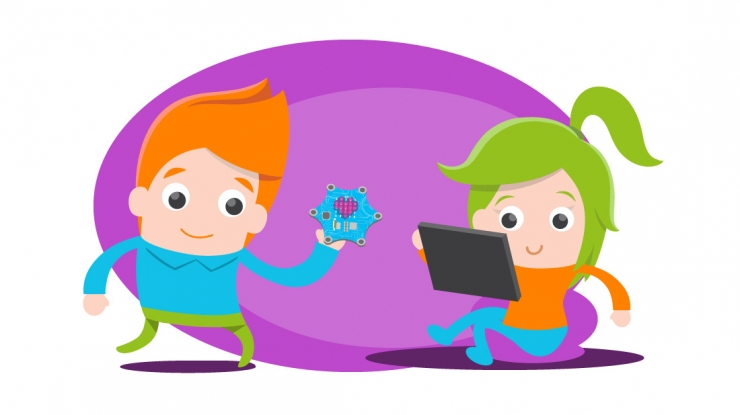
Zorro, Superman, Ladybug and Batman - many heroes and heroines get their superpowers only through a mask. Great masks are also known from numerous cultures of the world from the present and the past. At the beginning, the project framework is explained culturally (country, region, movie, game) or historically (era). The children receive an introduction based on visual or film material. Which masks do the individual children particularly like? What characteristics do they associate with their preferred mask? Each child assembles a mask from the offered picture and form examples, either freely or according to instructions. How do the children design the mask to make its powers and special characteristics visible to others? With which behaviors and characteristics do they think the role behavior with the mask for a scenic realization?
The scenic masquerade is performed in small groups where the children can show off their mask. To facilitate the transfer to their own behavior, a scenic role play is implemented with the help of given conflict scenarios and masks. Afterwards, the children reflect on their impressions: How did the mask performance work? Which masks and representations excited them, which frightened them? How easy or difficult was it for them to portray the attributed characteristics with the mask? What would it have been like without a mask?
The fact that a mask can have a great influence on what we dare to do and how we behave is an important experience that the children take away with them at the end. The children realize that they act differently with masks than without, and transfer this realization to the Internet. They learn that the screen, an avatar or nickname are also a kind of mask behind which one can hide and that this makes one "braver" but also leads to rash statements.
The children are introduced to the cultural or historical framework by means of visual material: e.g. the masks of the Incas or Alemanni, from Gabon or Venice, etc. Together, the characteristics of the masks are recorded on word cards and duplicated so that three to five characteristics are available in a property pool for each mask).
Making the masks:
Before making the masks, the children combine desired properties from the property pool into a set. Possible options include quick-to-create coloring masks (see information at the bottom of the page) on cardboard, paper bags, or paper plates, or time-consuming custom masks combined with an art project. Whether simple or pompous, each mask gets a "talking" name at the end (for example, "nasty fury" or "watery eye"). The property set and the mask name are mounted on a sheet.
Presentation of the masks:
The completed masks are presented to the other children. A presentation area is prepared in the classroom or a room with presentation facilities is sought out. The children gather in the cinema seat. In small groups the children can stage their mask, its name and special characteristics or is realize an exhibition in the classroom. The masks on display should definitely be presented with the name card and the set of characteristics.
Social form: individual work, plenary
By lottery, for game assignments, masks and children are brought together in game teams. For this purpose, short game instructions with the masks to be used are given on the lot cards (for example: a mask has won something. How does an "evil" mask react, how does a "friendly" mask react? A mask has betrayed the secret of another mask. What happens?) The frequency of the lot cards determines the team size (Two cards of the same default means: two children. For older children or children with more experience playing, exercises from improvisational theater such as feeling points, feeling squares, or feeling cabs can also be tried.
Implementation:
The game teams are given some time to prepare an improvisation of about five minutes. Only the key points are negotiated: Who plays which mask and acts how? How do the teams enter or leave the scene? For the presentation of the scenes, the children gather again in the cinema seat in front of the presentation area. The watching children may request to take off a mask for a short period of time.
Social form: group work, plenary
- The children are more self-confident with a mask.
- The children are more honest with a mask.
- The children express themselves more rashly/unreflectively with a mask.
- The children have a lower inhibition threshold.
- etc.
The children discuss to what extent their experiences with the masks can be transferred to games and game characters. Do you become someone else with a great avatar, a scary avatar, or a brave avatar? Who gets recognition with a beautiful mask, who more with a scary one? Do you feel braver with the muscle-bound avatar? Do you get more attention with the hyperfeminine avatar? Do you feel more confident when you know that no one knows your real name or who is behind the mask? The results are collected on another poster.
Social form: small groups, plenum
Children can pick out examples from negative comments and chat threads and discuss together what effect the choice of words and the metaphors used have. How could the sections be more neutral and how can criticism be formulated appropriately in the first place? What is permissible to say and what is a serious insult? How can you react when you are really mad at someone? What can you do if you feel uncomfortable in chats or in games? What can you do if you or others are badly insulted or threatened? Together, the children discuss preventive strategies for a good atmosphere and safe interaction: What can happen and how do I act when it does? Each child records the results on a sheet, and a poster is created for the class.
Before it happens:
Be respectful, do not reveal personal (personal data), check sources critically, expose agitation. The children think about how they will react if they are involved in unpleasant chats or similar. They write the actions on another poster.
When it happens:
Ignore and block troublemakers, end unpleasant contacts/dialogues immediately (leave chat), get help, talk to trusted people, inform school.
Social form: Plenum
The project idea is suitable as an initial introduction to the topic of "Hate on the Net or Hate Speech" and can be carried out as an introduction as well as a preventive measure in everyday school or team life.
The project can continue to raise awareness of general behavior on the Internet. In addition to communication, topics such as data protection, privacy, deception, defamation, etc. can also be addressed
 The children and young people learn step by step how to produce a film.
Learning with moving pictures
The children and young people learn step by step how to produce a film.
Learning with moving pictures
 The project idea introduces the subject of coding in a playful and low-threshold way.
Simple programming
The project idea introduces the subject of coding in a playful and low-threshold way.
Simple programming
Digital Shopping Tour


